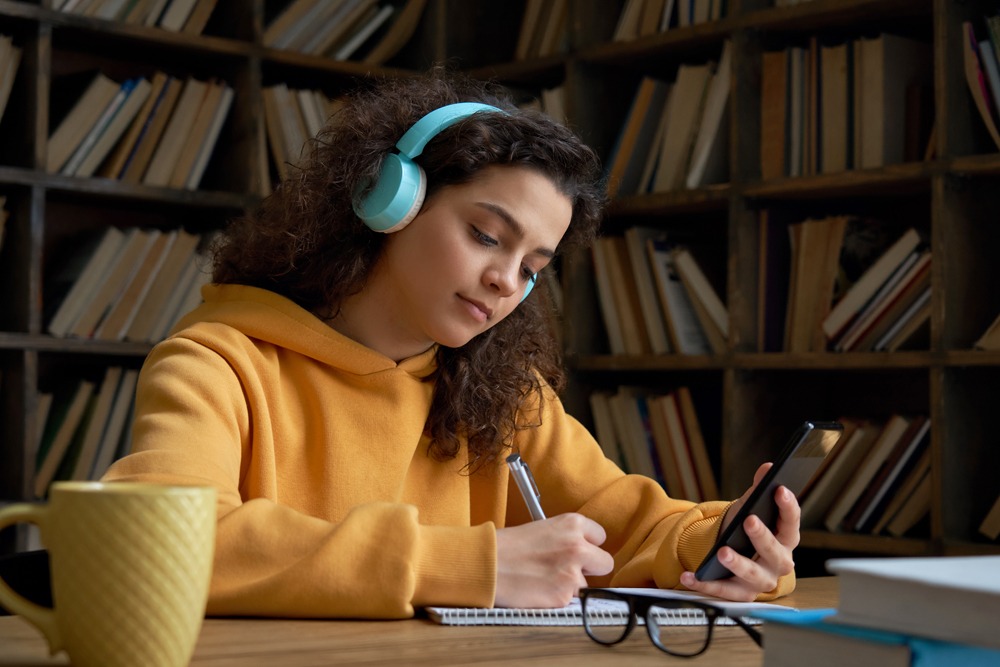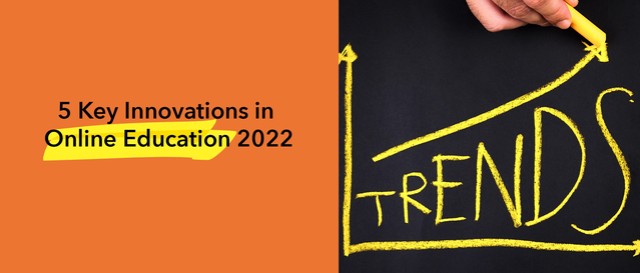Innovations in Online Education 2022
Chris Miller, Global Service Director

Prior to the Covid-19 pandemic, online learning was already on the frontier of educational trends, and advancements in technology were beginning to open a whole new world of possibilities in education.
When the pandemic hit, finding ways to continue educating in government and private educational institutions alike became a matter of utmost urgency. With students locked down in their homes, online learning became the solution every institution that could, turned to.
Initially the task of metamorphosing curricula, content and delivery into the online space seemed insurmountable for many. But, with time and dedication, teachers, institutions, software providers and students not only managed the change, but began to explore the world of possibility that online education provided1. Blended Learning
Blended learning is by no means a new concept in education, and in fact the phrase has been around for as long as technology has allowed learners to engage with content outside of the formal learning environment. However, with educators now having a far greater grasp of and access to innovative tools for remote learning delivery, it is all but ubiquitous.
Innovation in this space has come about in how learners are engaging with content outside of the formal learning environment. With learning management systems, learners can complete their learning, assessment, and even seminars outside of that environment. This means that teachers can spend less time “teaching”, and more time directly assisting their students in their learning objectives.
2. Mastery-based Grading
Traditional assessment in education looks at assessment as the end of a particular point in the learning journey. A grouping, usually a grade or year, must effectively complete the assessment to a satisfactory level, all at the same time, before moving on to the next level.
With mastery-based grading, students transition to a new skill or standard once they have demonstrated mastery through assessment of the skill they are currently learning. Any attempts to demonstrate mastery of a current skill do not count against the student, and they can attempt the assessment as many times and as frequently as they like. With this, there is far greater scope for students to progress at their own pace.
The tools that online learning provides makes this type of assessment far more feasible. Furthermore, online teachers have much more scope for individual assessment of learning than traditional classroom-based teachers.

3. Personalized Learning
Personalized learning is recognition and an approach to address that not all students learn in the same way, have the same knowledge, or are even interested in learning the same things. Knowing this, it seems juxtaposed to say that all learners must progress through uniform curricula, at the same pace, using the same learning materials.
To address this, educators need to have the ability and capacity to map out individual knowledge bases and learning journeys for all of their students. The trend in education is towards getting this right to benefit each individual learner.
This is a complex and resource heavy task for educators, but with advances in artificial intelligence software in education, the task is becoming more and more achievable. Examples can be seen in the multitude of learner-centered AI tools, such as Knewton’s Alta classware (https://www.knewton.com/), that combines adaptive learning technology with online content to deliver personalized learning experiences.

4. Mobile learning
Newer generations of learners have grown up in an age where information is predominantly accessed through smartphones. Laptops are still used in formal settings, but learners are used to the benefits of mobile access. As both hardware and software advances have greatly improved the capabilities of these devices, there is little that can practically be achieved on a PC or laptop, that cannot be done on a smartphone, and learning is no exception.
In the private sector there is a strong focus on ensuring all learning is accessible via mobile devices, and learning is optimized for this medium. Online teaching has supported this medium, as learners can access their teachers anywhere, any time through their mobile live classes.

5. Immersive Learning Content
Learning content is moving further away from stagnant formats to be consumed such as textbooks and towards an immersive experience with the help of technology that allows for interaction. One example of this that has inspired the sector to truly explore the possibilities of immersive content was seen in the popularity of the computer game Minecraft and its educational boon. With programs allowing for the learner to engage directly with the content by selecting options, learners have more ownership of the outcome of their learning.
There is also a move away from comprehensive all-encompassing content towards bite-sized, micro learning. Here, one key concept is delivered in the content. This is then unpacked in more depth through live, instructor-led learning activities. A collection of these might form a particular learning outcome, and these smaller content items can be used in building towards different learning outcomes through combinations.
And to make educational content as appealing and engaging as possible, companies are using user experience platform (UXP) and graphic designer experts, alongside the module creators, to help create this.
The future and constant innovation of Online Learning is bright and showing no signs of slowing down, but rather speeding up. Watch this space as we continue to bring you more insights into these trends as they unfold.
